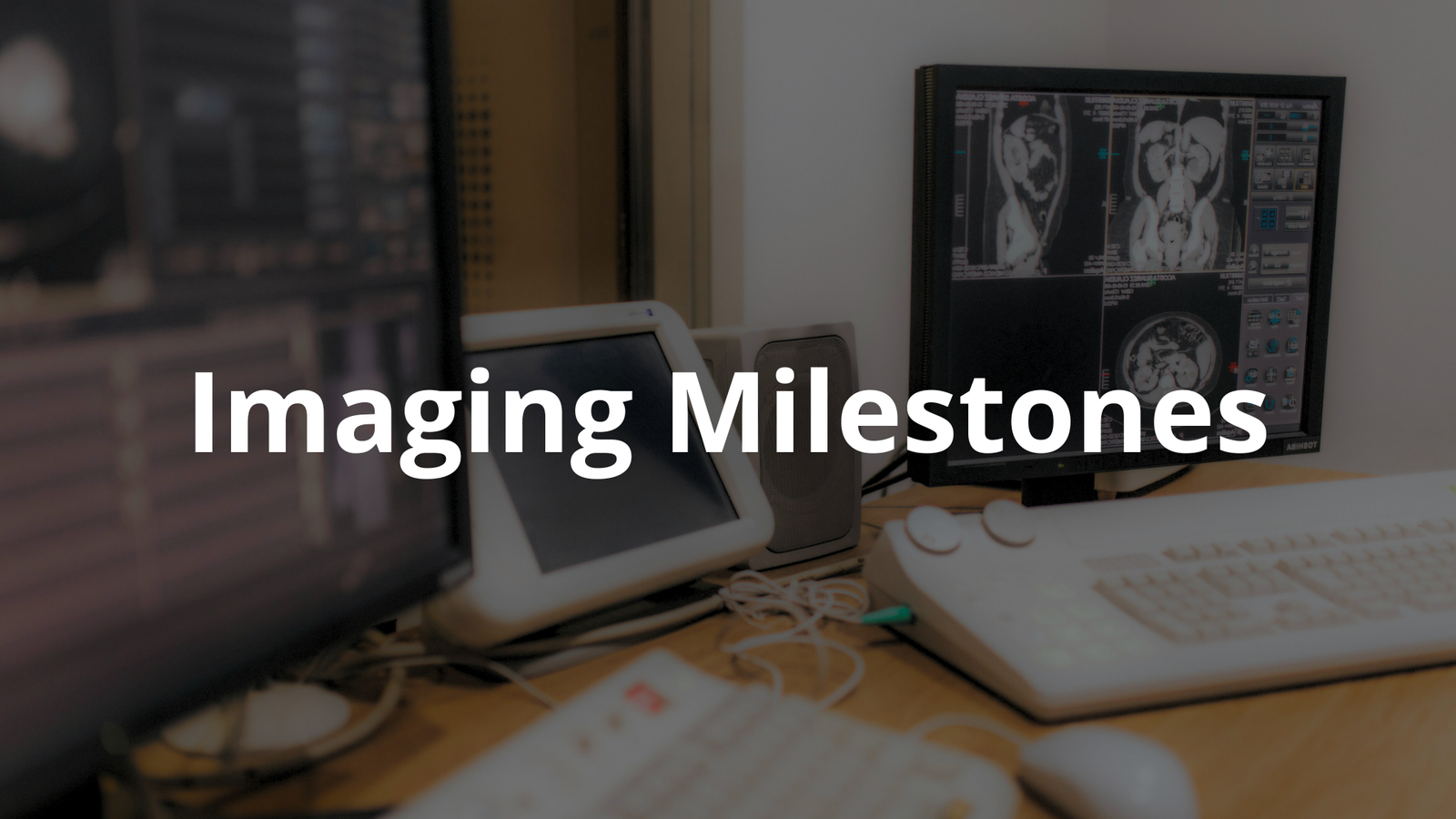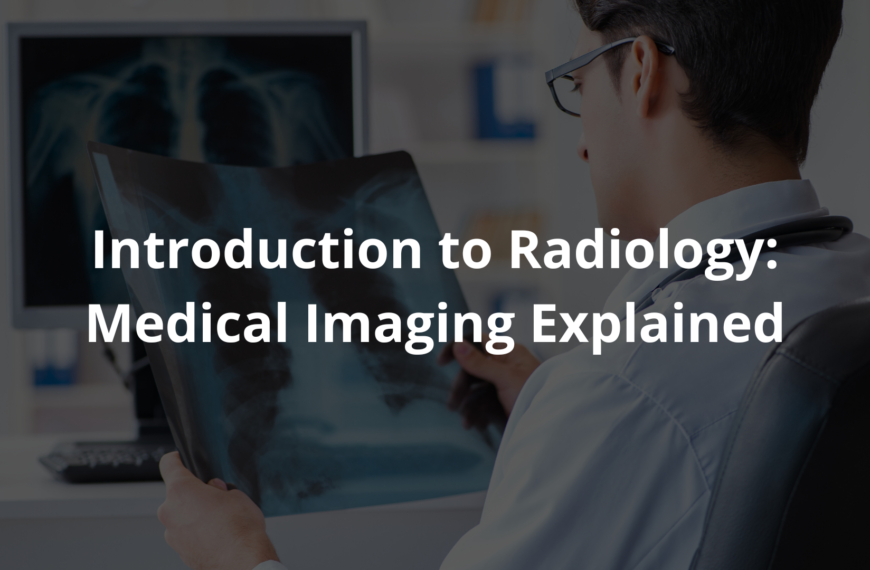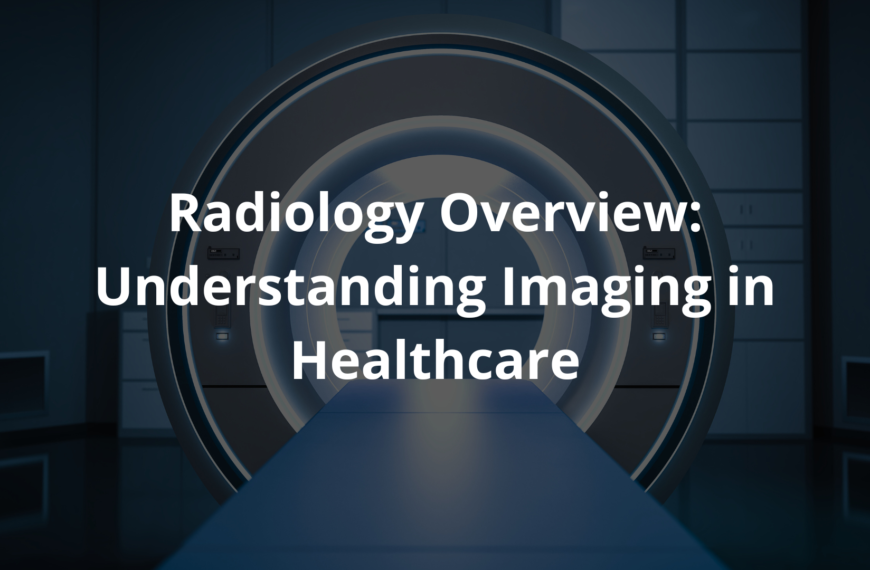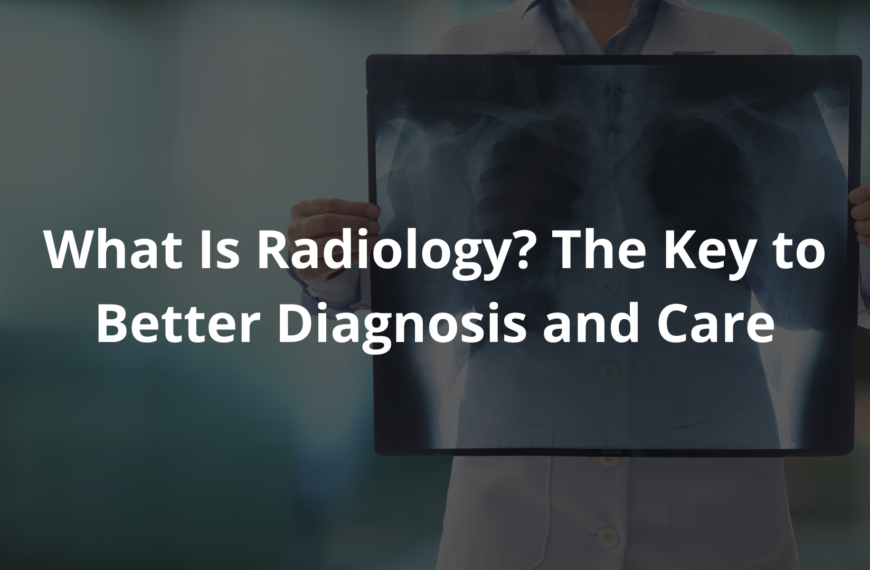This article explores the key milestones in medical imaging technology in Australia, showcasing its evolution and impact on healthcare.
Medical imaging is a fascinating field that has changed a lot over the years. I remember the first time I saw a CT scan image. It was like looking into a secret world inside a person’s body. These amazing machines can take pictures of our insides using special technology.
CT scans, or computed tomography scans, help doctors see what is happening with blood flow, blood vessels, and different organs. I think it’s incredible how far we’ve come in medical imaging. Let’s take a look at some important milestones in this journey!
Key Takeaway
- Medical imaging has grown from simple ultrasound to advanced CT scans.
- Significant milestones have shaped the field in Australia since the 1950s.
- These advancements have improved the way doctors diagnose and treat patients.
The Beginning of Ultrasound Imaging
In the late 1950s, a remarkable chapter in Australia’s medical history began. Scientists formed the Ultrasound Research Section, eager to explore how sound waves could unveil the hidden wonders of the human body. By 1962, the first successful images of babies in late pregnancy were captured using the Mk I Abdominal Echoscope at the Royal Hospital for Women in Sydney.
For the first time, expectant parents could catch a glimpse of their unborn child.
- 1966: First breast ultrasound images taken at Royal North Shore Hospital, paving the way for early detection of health issues.
- 1969: Greyscale imaging introduced, enhancing clarity and diagnostic capability.
Ultrasound machines work by emitting sound waves, which bounce back from tissues to create images(1). This non-invasive method allows doctors to diagnose without harmful radiation. It’s a marvel that continues to evolve, offering hope and reassurance to countless families.
The Rise of CT Imaging
Around the same time, another exciting technology was emerging. CT imaging began to shine. In 1972, the first CT scanner was introduced. This machine uses special X-rays to take detailed pictures of the body. It helps doctors look at bones, organs, and even blood vessels.
The images from CT scans are much clearer than regular X-rays, which is really important for finding problems. It’s like getting a sneak peek into the body’s inner workings.
By the 1980s, CT technology had improved a lot. The machines became faster, which meant patients didn’t have to wait long for their scans. They could take even better pictures, showing the tiniest details.
It was like turning on a bright light in a dark room! Doctors started using CT scans for many things, including looking for tumours and checking blood flow. They could even assess injuries from accidents, which helps in emergency situations.
The contrast agents, which are special fluids used in CT scans, made the images even clearer. These agents help highlight areas of interest, like blood vessels or organs. When injected into the body, they absorb X-rays differently than surrounding tissues, allowing doctors to see structures more distinctly.
It’s fascinating how a bit of fluid can make such a difference! With these advancements, doctors started to feel more confident in their diagnoses and treatment plans.
If someone needs a CT scan, it’s essential to follow the doctor’s instructions regarding preparation. Drinking plenty of water before the scan can help flush the contrast agent out of the body afterwards. So, if you ever find yourself needing one, there’s no need to worry. The technology is there to help doctors make the best decisions for your health.
The Breakthrough of PET Scans
In 1992, a new star shone brightly in the medical imaging universe: Positron Emission Tomography, commonly known as PET scans. This technology is pretty remarkable because it doesn’t just show what organs look like; it reveals how they function. Imagine being able to peek inside the body and see the blood flowing through veins and arteries! The first PET scan in Australia took place at Austin Health in Melbourne.
Before that, hospitals were buzzing with excitement about this cutting-edge technology. It was a giant leap for doctors trying to diagnose diseases like cancer more effectively.
- Radioactive Tracers: PET scans use a special type of radioactive tracer that helps highlight how blood flows in the body.
- Detective Work: Doctors can determine if organs are working properly or if there’s an underlying issue. It’s like being a detective, searching for clues inside the body!
This innovative technology has transformed how medical professionals approach diagnosis. For instance, detecting cancer at an early stage can lead to better treatment outcomes. I think it’s fascinating how a simple scan can provide so much insight into a patient’s health.
Radiology and Other Imaging Technologies
Radiology plays a crucial role in medical imaging, acting as the backbone for many diagnostic processes. In 1965, the Royal Melbourne Hospital took a significant step by establishing Australia’s first university chair in Radiology. This marked a turning point, as it meant that universities began to take medical imaging seriously and focus on educating future radiologists.
- 1979 Milestone: The first coronary angioplasty was performed, a procedure that opens up blocked blood vessels to improve blood flow.
- 1984 Innovation: Royal Melbourne Hospital conducted the first implantable cardioverter defibrillator operation in the southern hemisphere, a groundbreaking achievement for cardiac patients.
Fast forward to 2000, and the I-MED Radiology Network was formed, creating a nationwide service for radiology across Australia. This expansion made imaging services more accessible to people everywhere, which is super important for healthcare. The ability to get timely diagnoses can significantly affect patient outcomes(2).
It’s essential for patients to know that if they ever need imaging tests, they’re safe and designed to help doctors make the best decisions for their health. Understanding the technology can ease any worries, and it’s always a good idea to ask questions if something’s unclear.
The Role of Technology and Future Innovations
As technology keeps getting better, so does medical imaging. It’s fascinating to watch how it evolves. New tools like artificial intelligence (AI) are stepping in to assist doctors in reading images faster and more accurately. Imagine having a superhero sidekick who helps spot problems that might be missed by human eyes!
AI can analyse scans and highlight unusual areas, making it easier for doctors to catch issues early. This means quicker diagnoses and better patient outcomes.
- Molecular Imaging: This exciting area allows doctors to see very tiny details inside the body, almost like using a microscope for imaging organs and tissues.
- Early Disease Detection: It could help find diseases much earlier than before, which is crucial for successful treatment.
With these advancements, the future of medical imaging looks bright. It’s like a door opening to new possibilities.
Practical Advice for Patients
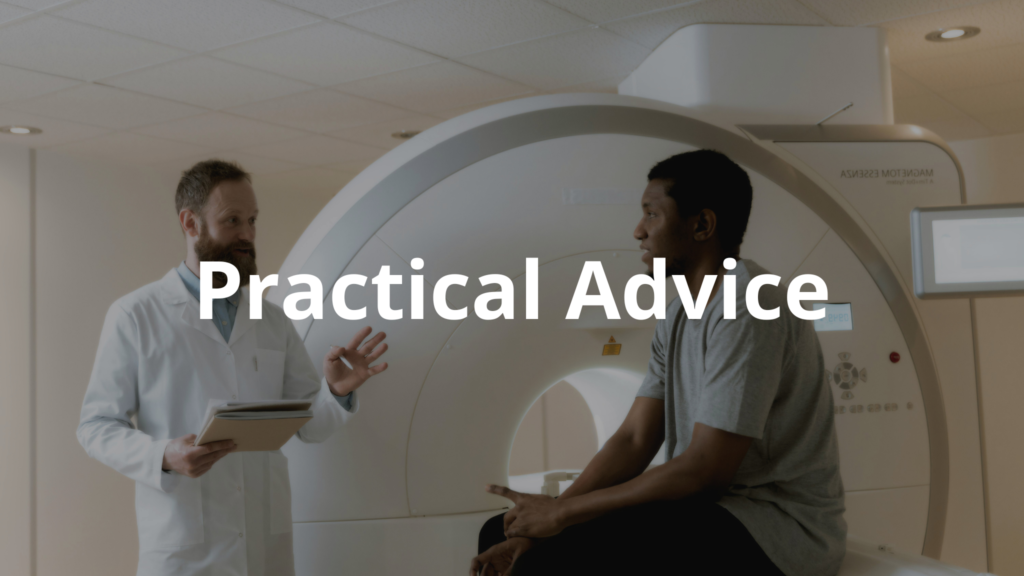
If someone ever needs a medical imaging test, like a CT scan or ultrasound, there’s no need to be scared! These tests are safe and help doctors take good care of you. They’re like windows into the body, revealing what’s going on inside.
- Ask Questions: Always ask questions if there’s something you’re curious about. Understanding the process can make you feel more comfortable.
- Follow Instructions: Make sure to follow your doctor’s advice about using contrast agents and preparing for the test.
For instance, before a CT scan, the doctor might ask you to drink plenty of water. This helps flush the contrast agent from your system afterwards. These little preparations can make a big difference! So, if you find yourself needing a scan, remember it’s all about helping your health.
Wrap Up
The journey of medical imaging in Australia is truly remarkable. From ultrasound to CT scans and PET technology, each milestone has transformed how doctors diagnose and treat patients. As technology continues to evolve, we can look forward to even more exciting advancements that will improve healthcare for everyone. So, keep your eyes open. The future of medical imaging is bright!
FAQ
How do computed tomography and nuclear medicine work together in diagnostic imaging?
CT scans and nuclear medicine complement each other in medical imaging. While CT imaging shows detailed body structures, nuclear medicine traces show how organs work. When combined with positron emission tomography, doctors get both function and anatomy views. This helps them see problems more clearly.
What role does blood flow and contrast agent play in diagnostic radiology?
Contrast agents help doctors see blood vessels and blood flow better during CT imaging. When injected into your body, these agents make certain body parts show up more clearly on the scan. This helps radiologists spot problems in your blood vessels that might otherwise be hard to see.
How has imaging technology changed with artificial intelligence?
Image processing has improved heaps with artificial intelligence. Modern CT systems can now produce clearer pictures while using less radiation. The computer helps improve image quality and can even spot things doctors might miss. This makes diagnostic imaging faster and more reliable.
What’s the difference between ultrasound imaging and magnetic resonance?
Ultrasound imaging uses sound waves while magnetic resonance uses radio waves and magnetic fields. Ultrasound is brilliant for looking at soft tissues and moving structures in real-time. Magnetic resonance gives detailed pictures of soft tissues and can show molecular imaging details that other methods miss.
How does molecular imaging help in diagnostic procedures?
Molecular imaging lets doctors see how your body works at the cellular level. It’s particularly useful in diagnostic radiology and nuclear medicine. This advanced imaging technology helps spot diseases early and shows how well treatments are working. It’s like having a microscope that can look inside your whole body.
References
- https://www.asum.com.au/about-the-australasian-society-for-ultrasound-in-medicine/history-of-asum/history-of-ultrasound-in-australia/
- https://www.thermh.org.au/about/about-the-rmh/our-history-and-archives/breakthroughs-and-milestones

